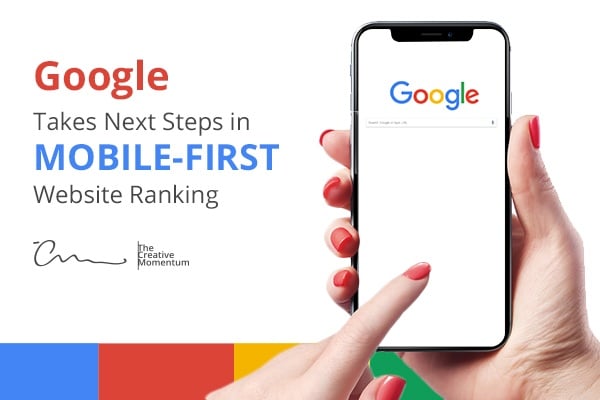
Google announced that beginning July 18th, 2018, it will assess how quickly a mobile website loads and rank it accordingly. This is what Google is calling the “Speed Update” and is the latest development in moving to a mobile-first ranking structure.
We have a blog outlining how mobile-first websites will rank higher than comparable sites who have only optimized for desktop versions. Digiday analyzed some of the most well-known websites imaginable – CNN, WSJ, National Geographic, Better Homes and Gardens – and found that some of these high traffic sites are actually too slow according to Google’s new guidelines.
So how will slower sites fare after the Speed Update? Well, basically, if you’re not thinking about your website’s mobile experience, at some point soon, you may be penalized for it.
Compress Images to Increase Speed
Images are the #1 culprit for slow web pages. A lot of marketers and web designers overlook the size of the images they’re using. Either swap them out for smaller, mobile-friendly images or use compression software to take the image you love and compress it. There are varying degrees of quality from compressing an image, but our Creative Director, Matt Stewart, recommends these programs:
- Photoshop has a built-in compression tool which is a good, out of the box option.
- ImageOptim is a tool that gives you better quality images and is a standalone app you can install on your computer.
- Compressor.IO is a great option for one-offs to keep the quality of the original image. However, if you are trying to batch images and compress a lot at one time, use Photoshop or ImageOptim.
Expandable Content
A mobile screen isn’t the place to get loquacious. Give users small snippets of content and let them expand where they’re interested. Content can be organized and hidden in tabs or accordion menus, and while that kind of navigation isn’t ideal for desktop, Google rewards it for mobile.
Mobile-first Websites Should be THE website
Some of our clients have seen their desktop usage drop 20-30% in the last 2 years and mobile traffic is the vast majority, even in businesses who have long held on to attracting desktop users.
Businesses should be designing for mobile. And in most cases, they should be designing mobile first. Don’t be left behind in Google’s search results. Talk to our expert web designers today and learn how mobile-first design benefits your business.

